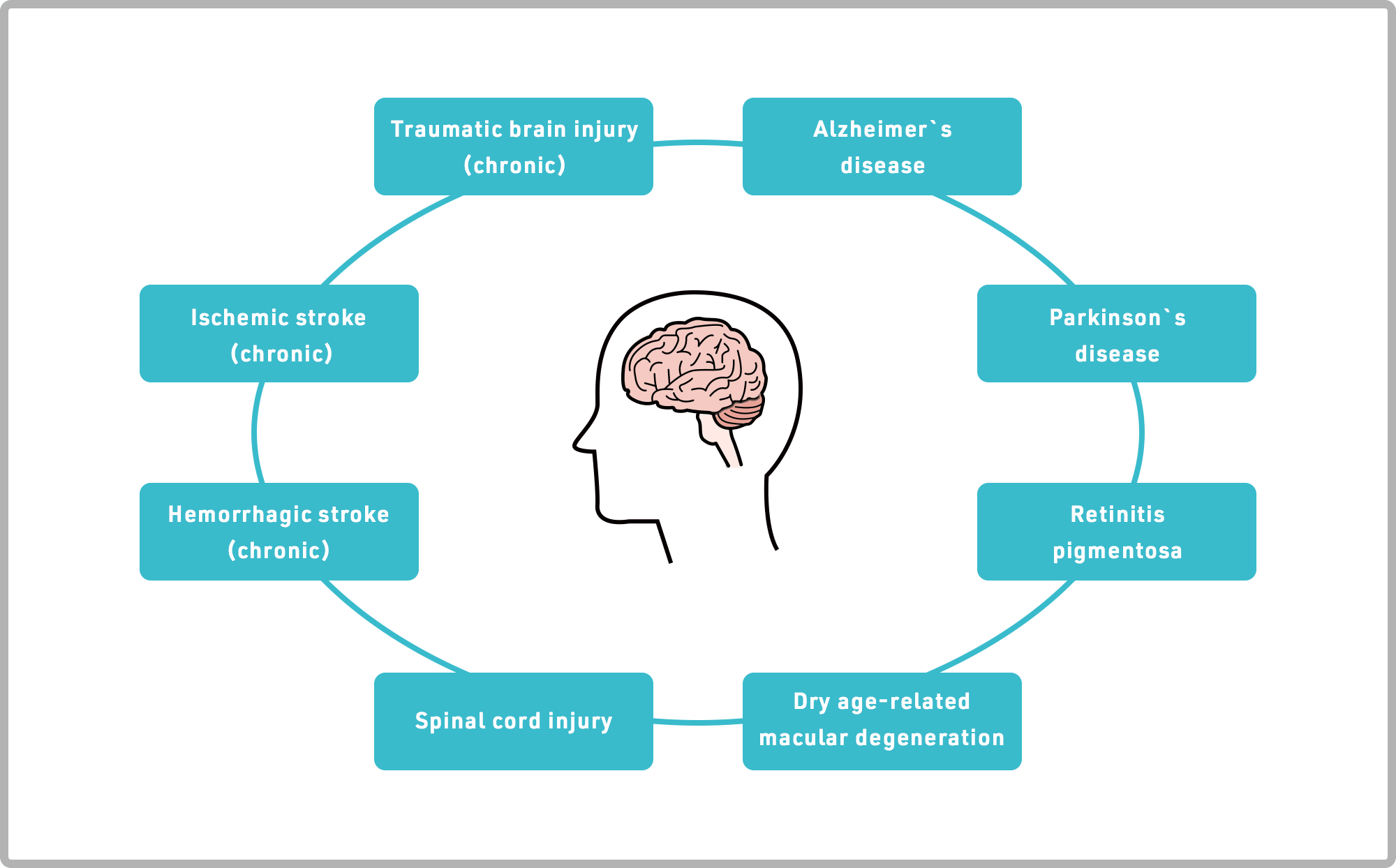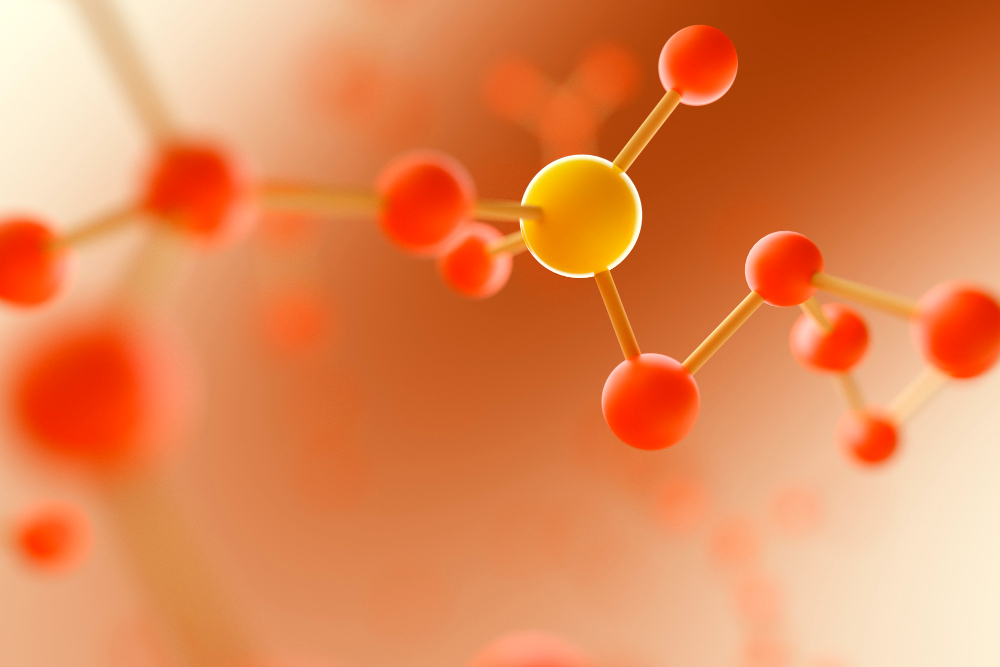Table of Contents

[/image][=video]
[/video]
There are numerous kinds of stem cells. Generally, the term stem cell refers to a category of cells that provide increase to other cells (like skin, blood, heart, and muscle cells) by reproducing and separating in response to chemical cues. Totipotent stem cells show up at the earliest phase of development and are the only stem cells which can create beginning stem cells and the placenta.
Bone marrow transplant (BMT) is a special treatment for individuals with specific cancers or various other illness. A bone marrow transplant entails taking cells that are normally found in the bone marrow (stem cells), filtering those cells, and offering them back either to the donor (client) or to another person. The goal of BMT is to transfuse healthy bone marrow cells right into an individual after his or her own undesirable bone marrow has been dealt with to eliminate the abnormal cells.
Bone marrow is the soft, squishy cells discovered inside bones. It is where the majority of the body's blood cells create and are stored. The blood cells that make various other blood cells are called stem cells. The most primitive of the stem cells is called the pluripotent stem cell. This is different than other blood cells when it come to the following buildings: It is able to reproduce an additional cell similar to itself.
It is the stem cells that are needed in bone marrow transplant. The goal of a bone marrow transplant is to heal many conditions and kinds of cancer. When the dosages of chemotherapy or radiation required to heal a cancer are so high that a person's bone marrow stem cells will be permanently harmed or ruined by the treatment, a bone marrow transplant might be needed.
Stem Cell Therapy servicing Flint, Michigan
This process is frequently called rescue. Change bone marrow with genetically healthy operating bone marrow to protect against more damages from a hereditary disease process (such as Hurler's syndrome and adrenoleukodystrophy). The dangers and advantages must be considered in a complete discussion with your medical care provider and experts in bone marrow transplants prior to the treatment.
There are different kinds of bone marrow transplants depending upon who the benefactor is. The different kinds of BMT include the following: The contributor is the individual himself or herself. Stem cells are drawn from the patient either by bone marrow harvest or apheresis (a process of collecting outer blood stem cells), icy, and after that returned to the individual after extensive therapy.
The donor shares the same genetic kind as the person. Stem cells are taken either by bone marrow harvest or apheresis from a genetically matched contributor, generally a sibling or sister. Other benefactors for allogeneic bone marrow transplants may consist of the following: A haploid-identical suit is when the benefactor is a moms and dad and the hereditary suit goes to the very least half the same to the recipient.

Matching includes keying human leukocyte antigen (HLA) cells. The antigens externally of these unique white blood cells determine the hereditary makeup of a person's body immune system. There go to least 100 HLA antigens; however, it is believed that there are a few significant antigens that identify whether a donor and recipient suit.
Clinical study is still exploring the role all antigens play in the process of a bone marrow transplant. The more antigens that match, the far better the engraftment of contributed marrow. Engraftment of the stem cells happens when the donated cells make their means to the marrow and start making new members cells.
Hormone Therapy servicing Flint, Michigan
All individuals collaborate to offer the finest chance for an effective transplant. The group is composed of the following: Healthcare service providers that specialize in oncology, hematology, immunology, and bone marrow transplantation. A registered nurse who arranges all elements of treatment provided prior to and after the transplant. The registered nurse organizer will certainly offer individual education, and coordinates the analysis screening and follow-up care.
Experts who will certainly assist you satisfy your nutritional requirements before and after the transplant. A number of various other team members will review you before transplantation and will offer follow-up treatment as needed.

A total medical background and physical exam are done, including multiple examinations to evaluate the person's blood and organ functions (for instance, heart, kidney, liver, and lungs). A client will often enter the transplant facility approximately 10 days before transplant for hydration, analysis, placement of the central venous line, and various other preparations.
Blood products and medicines will be offered through the catheter throughout treatment. For an allogeneic transplant, a suitable (tissue keyed in and matched) benefactor has to be offered. Finding a matching donor can be a challenging and prolonged process, especially if a brother or sister match is not available. Voluntary marrow contributors are signed up in numerous nationwide and worldwide computer system registries.
Donor resources readily available consist of: self, brother or sister, parent or relative, nonrelated person, or umbilical cable from a relevant or nonrelated person. There are national and global pc registries for nonrelated individuals and cable blood.
Perimenopause Treatment around Flint
Tests related to his/her health and wellness, direct exposure to infections, and genetic evaluation will certainly be done to establish the extent of the suit. The benefactor will be offered guidelines on how a bone marrow donation will be made. As soon as a suit for a patient needing a bone marrow transplant is found, then stem cells will certainly be collected either by a bone marrow harvest.
Or by a peripheral blood stem cell collection. This is where stem cells are gathered from the circulating cells in the blood.
Navigation
Latest Posts
Medical Group in Flint
Perimenopause Treatment
Menopause Therapy